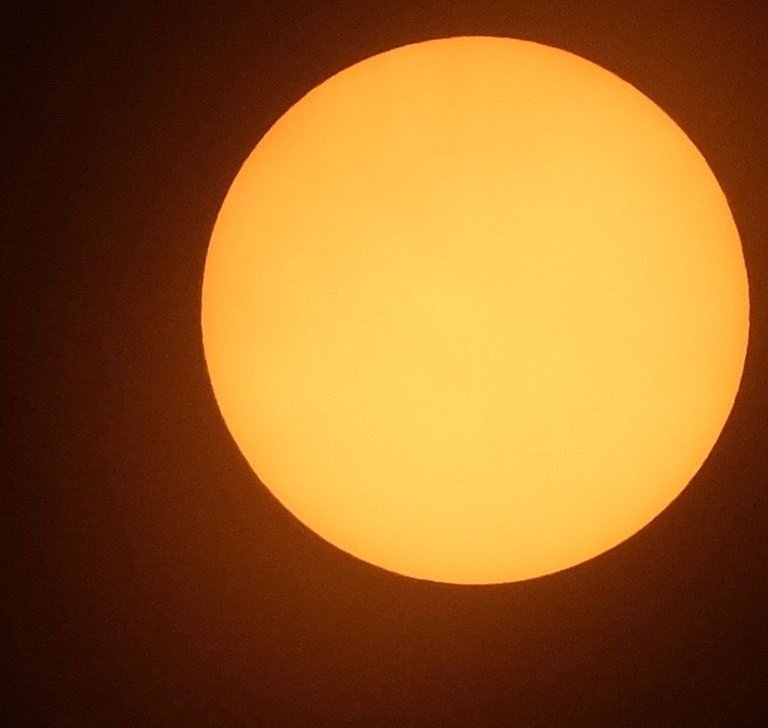
If you have not heard about this unique total solar eclipse, you will very soon. It will cross the USA from coast to coast (the previous similar eclipse was 99 years ago). I would like to share how I am preparing for the big one!
Camera
Most cameras that allow (M)anual control of shutter speed, aperture and ISO will work. Because of the very bright nature of our star, the camera will not be able to handle the correct exposure in automatic mode and you will need to dial in the correct settings manually.
The challenge will be to find a solar filter that will fit your camera. That does not have to be expensive.
Solar Filters
You can still find paper solar filters for the size of your camera lens on eBay that are quickly running out as the day approaches ($15-$25). I decided to purchase a $3 filter step up adapter (in my case 58mm) and use double tape to glue the adapter to an $8 solar filter sheet. On the picture that shows the filter installed to the camera, note the reflexive side faces the sun, so make sure you glue the black side of the sheet to your adapter:

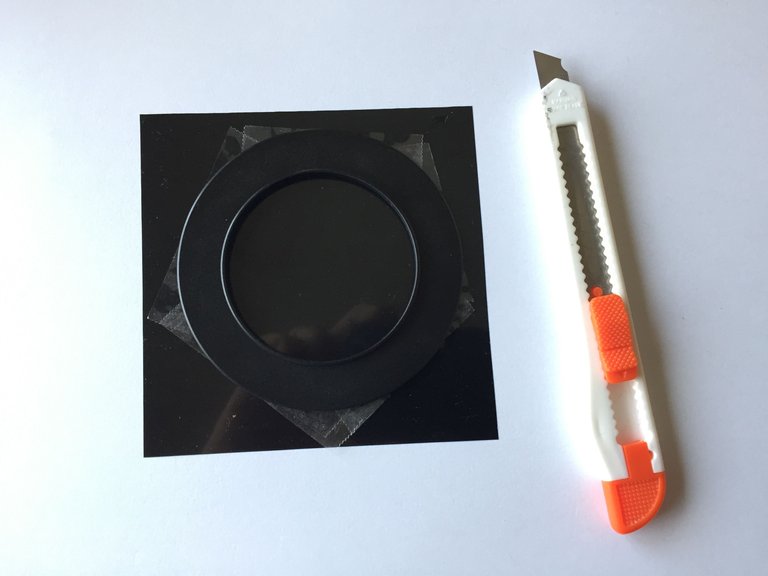
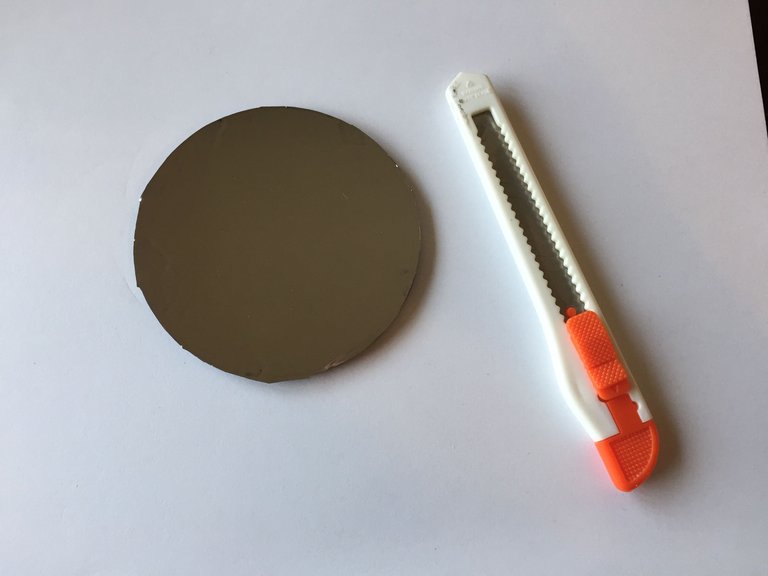
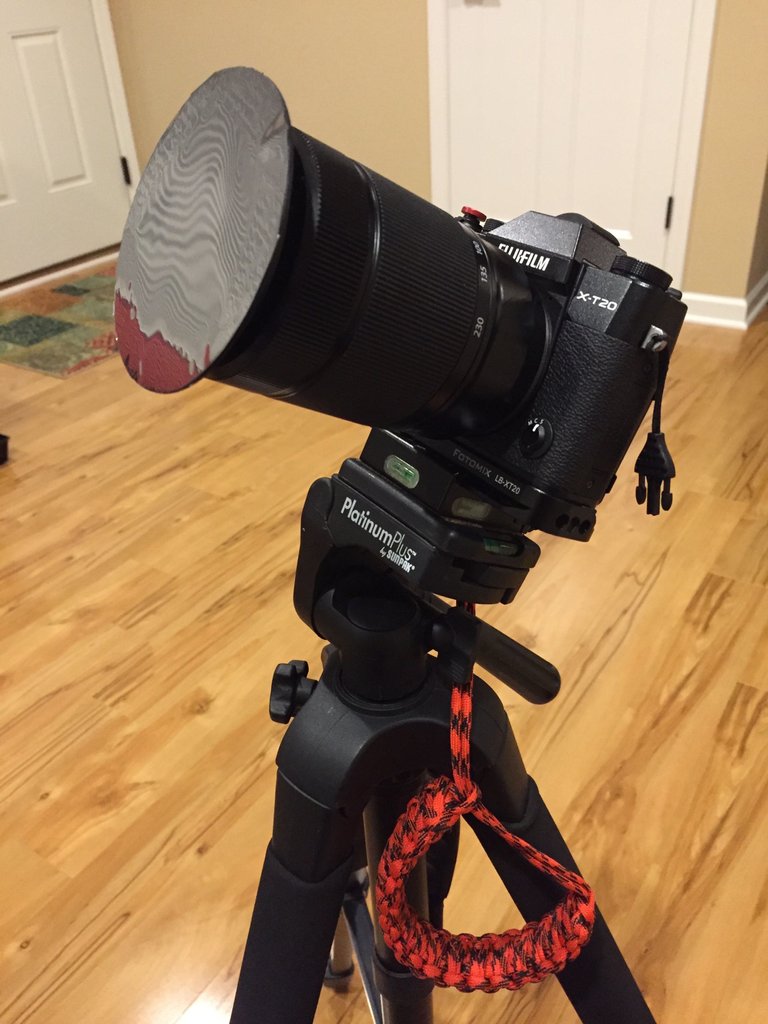
Testing Results
The trick here is to use the correct settings to obtain an image that is a little under exposed so you can capture the details of the sun. In this example, I used aperture=F10, shutter speed= 1/250th and ISO=320. Focal length was 230mm (on an APS-C camera), which is equivalent to 345mm in full sensor terms.
Color through a solar filter has an orange cast when the exposure is around the correct value. If the sun looks too yellow, it is probably over exposed. The example below used the above settings and was cropped later. They are straight out of the camera (no image processing was done). Using a relatively low ISO will allow a higher quality image when you crop:

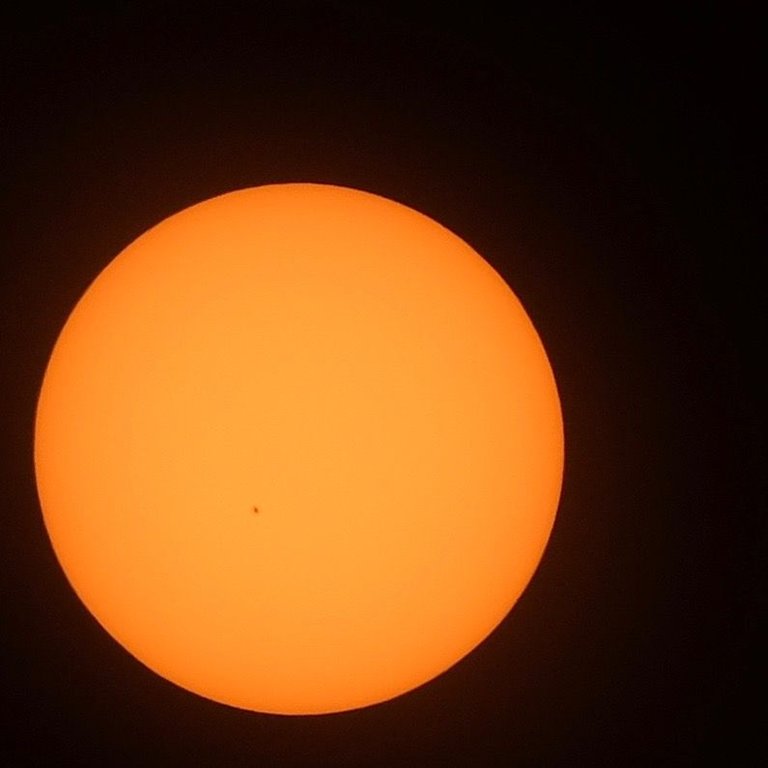
Tripod
You will need any relatively stable tripod that will allow you to position the camera on the right angle. It does not have to be expensive, just sturdy enough. The one in the picture can go as high as 70 inches and cost me $50.
With a long focal length, any movement can make your camera shake and the image become blurry. Put a 2 to 5-second timer so you can remove your hands from the camera after pressing the shutter button and give enough time for the camera to stabilize before taking the shot. Using a relatively high shutter speed will also help avoid blurry images due to camera shake. Remote the neck strap from the camera, as any wind will move the strap and shake the whole set. That is why you see a hand strap in the picture.
Warnings
The NASA site has good guidelines for safety:
https://www.nasa.gov/press-release/nasa-recommends-safety-tips-to-view-the-august-solar-eclipse
NEVER look at the sun without using ISO certified glasses equipped with solar filters. NO, your regular sunglasses won’t cut it and are NOT safe. eBay sells solar glasses for around $2-3 a piece. NEVER aim your camera directly to the sun without a solar filter as it can damage your sensor. If the sun can damage your equipment, imagine what can happen with your eyes…
Conclusion
I hope you liked my short article. Enjoy the big one if you are in (or near) the path of the moon shadow!
Congratulations @apeixoto! You have completed some achievement on Steemit and have been rewarded with new badge(s) :
Click on any badge to view your own Board of Honor on SteemitBoard.
For more information about SteemitBoard, click here
If you no longer want to receive notifications, reply to this comment with the word
STOP